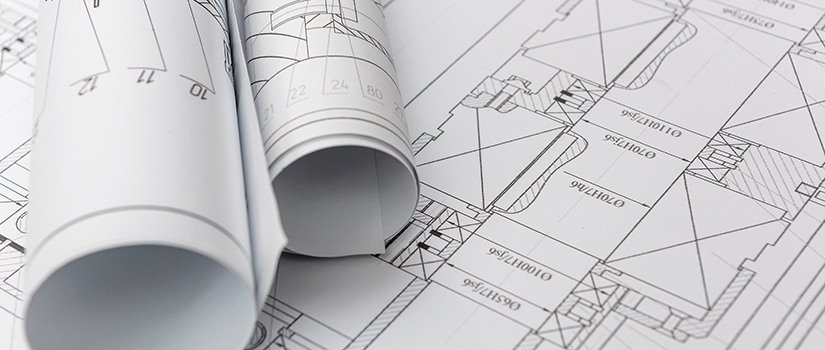What drives the cost of building on campus
1. Codes, regulations and standards
Very stringent codes are required for university facilities. The following are some examples of required project elements:
- Stair towers
- Fire-rated corridors
- Fireproofing on structure
- Electrical conduit
- Metal wall framing
- Fire alarm systems
- Sprinklers
- Smoke evacuation
- Grade of carpeting
- Accessibility requirements
- Storm shelters
- Energy code with air quality and ventilation requirements
2. State and institutional requirements during construction
Campus environment requires minimal disruption to campus life. Restrictions are enforced such as limiting or dictating:
- Access to sites
- Space for staging (lay down, parking)
- Cleanliness and safety
- Fencing
- Traffic routing
- Insurance
- Limit noise
- Limit hours of operation
3. Identity, maintainability and longevity
- Image and character standards - Preserve our image and character by requiring a certain exterior appearance. Specific materials must be used to meet these standards.
- Design standards - Must be built to last 75 to 100 years. Buildings must also be easily maintained and adaptable. Thousands of uses in a day require quality components to withstand heavy use and abuse (expensive initially, but lower cost to maintain).
- Complexity - University buildings are among the most challenging due to open classrooms on lower floors, mixed uses, complex mechanical, electrical and plumbing systems and redundancies.
